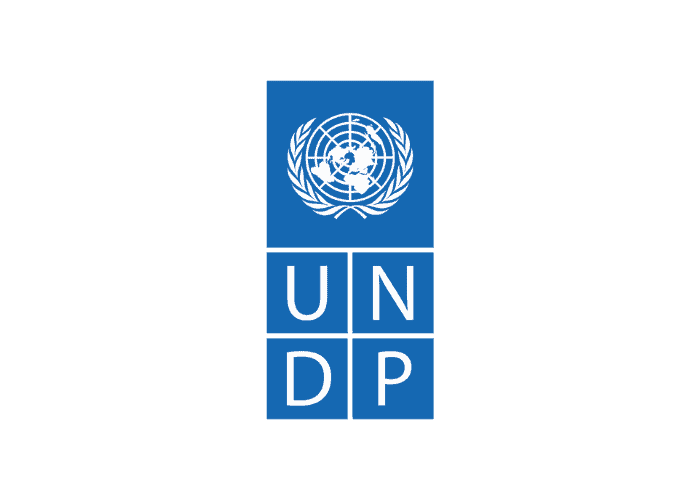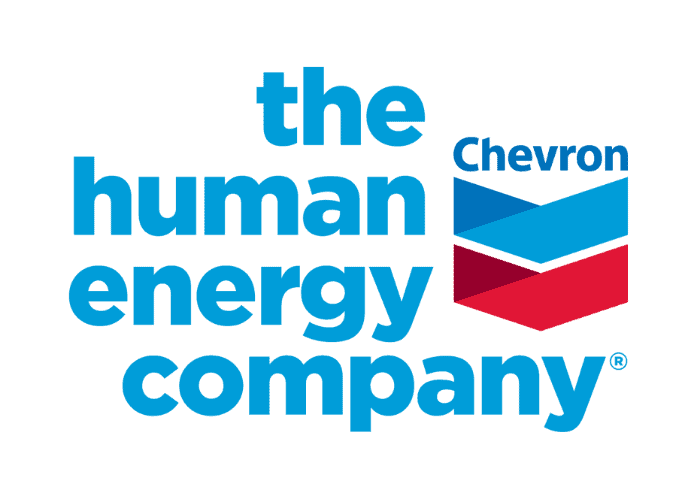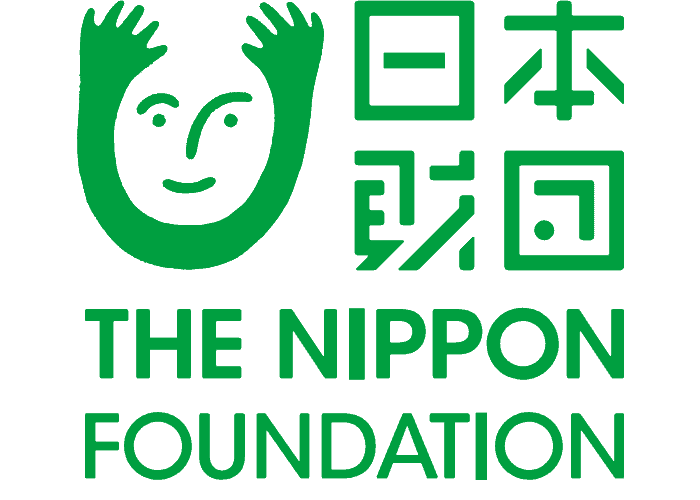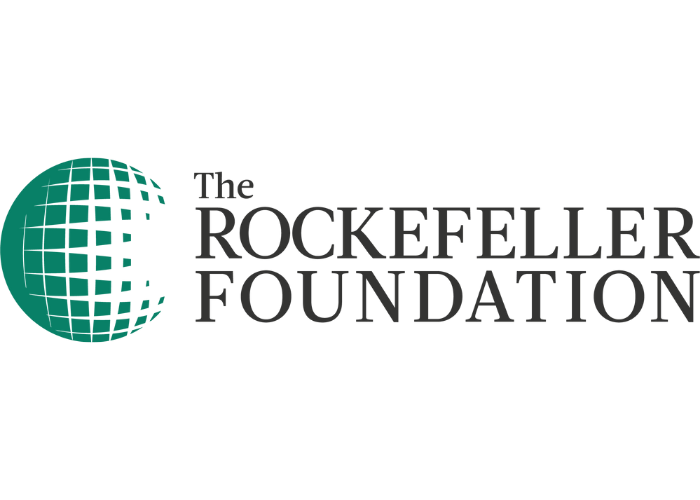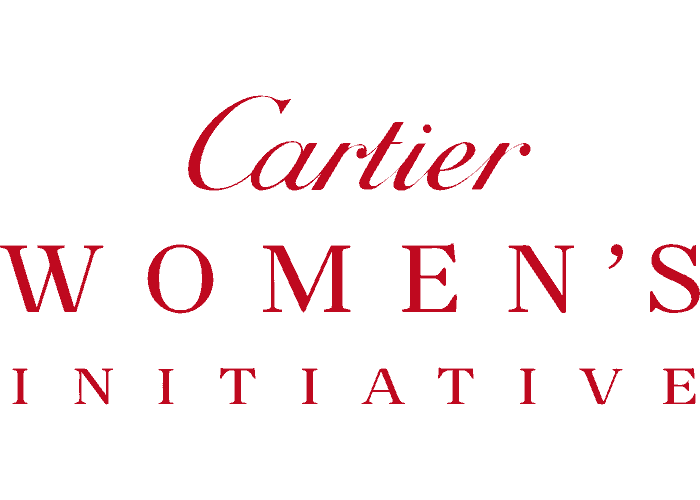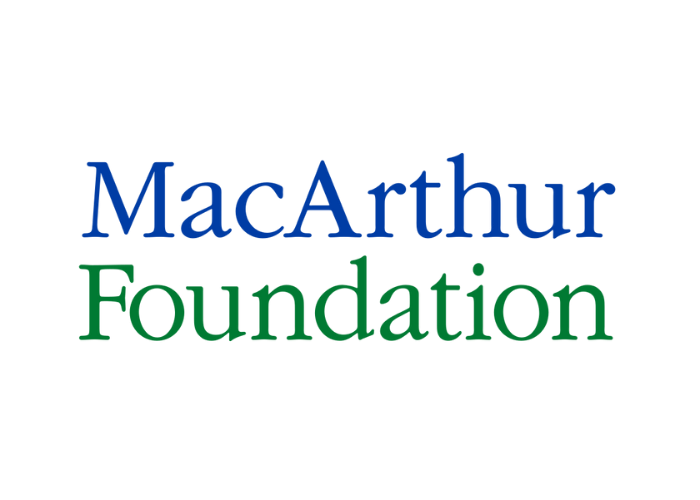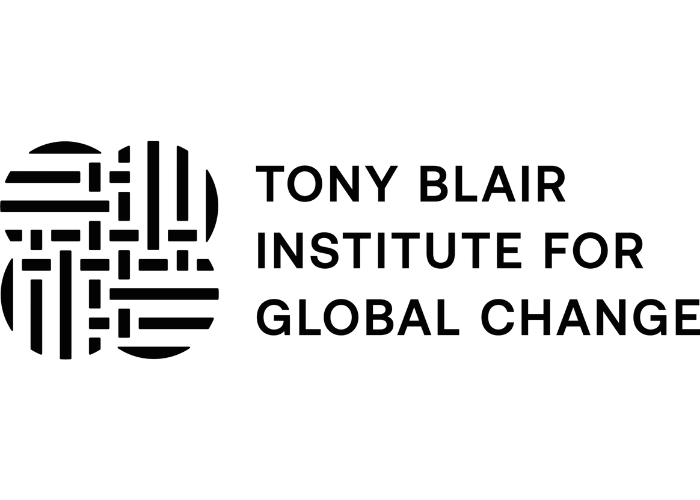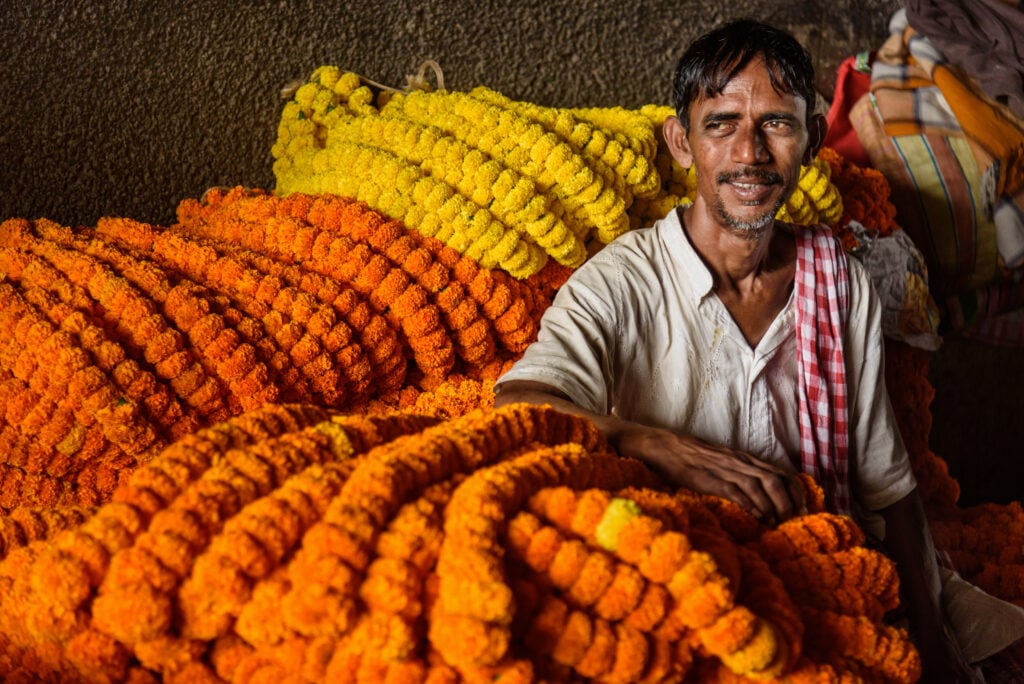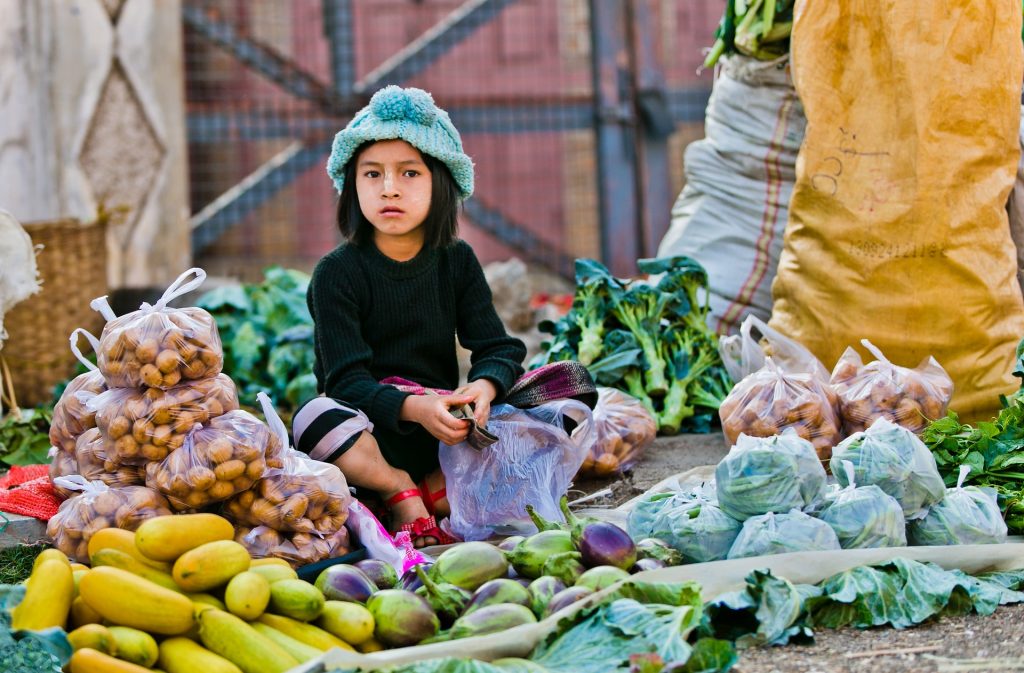5 min read
It is painfully clear that investment for nutrition is not comparable to the scale of the issue at hand. Interventions in nutrition in Asia receive merely an estimated 1% of public sector funding despite the fact that 45% of all child deaths occur as a direct or indirect result of malnutrition. In fact, the triple burden of undernutrition, micronutrient deficiencies and overnutrition at today’s levels costs the global economy up to US$3.5 trillion annually[1]. In light of this, it is not only imperative that actors in the space consolidate their efforts to achieve global standards for nutrition but also make room for more private sector engagement.
Governments and NGOs Engaging Communities
When it comes to national efforts in addressing malnutrition, Bangladesh stands out as a success story. The country has seen a steady decline in the prevalence of stunting over the last two decades. In 1997 the prevalence of stunted children in Bangladesh was 58.5% but this has declined to 36% in 2015[2]. This achievement is the result of concerted efforts by both the government as well as local nonprofits such as BRAC.
In 1997 the Government of Bangladesh announced the National Plan of Action for Nutrition (NPAN), which illustrated a commitment to improve the nutritional status of its population. The first phase of NPAN employed a multisectoral strategy that deployed resources largely towards both nutrition sensitive interventions such as providing potable water and sanitation facilities and controlling infectious diseases. A second phase of the NPAN was announced in 2016, showing a renewed commitment to the eradication of all forms of malnutrition by 2030 as per the SDGs. The Bangladesh National Nutrition Council (BNNC), which works to coordinate nutrition activities across the 17 ministries, also observes a National Nutrition Week annually to bring nutrition education to the Bangladeshi population.
BRAC is the best known nonprofit player in this space, Its community-engagement representatives visit households and provide counselling, coaching and demonstration around healthy living practices. In addition, to prevent child malnutrition and anaemia, micro-nutrient powder sachets are distributed under maternal, infant and young child nutrition home fortification programmes. These sachets are effective in preventing anaemia of 6 months to 2 year old child by providing the required iron, vitamins and minerals.
However, BRAC cannot do this alone. In Bangladesh, there are at least 18 other non-governmental organisations working in this space in both small ways and large ways. Every little bit counts. The rates of malnutrition in Bangladesh are still among the highest in the world, even with all the progress that has been made. Malnutrition is not a standalone issue – it is affected by household food insecurity, limited access to quality healthcare, and unhealthy living conditions. More players and funders across a diversity of sectors need to participate in this field to support governments, development finance institutions, and other social purpose organisations.
Foundations at the Frontlines
Individual philanthropists have started to make their mark in the nutrition space and some stand-out examples are emerging that have the potential to be scaled and replicated across Asia.
US-based philanthropist Spencer Kirk’s foundation, Kirk Humanitarian is a case-in-point. It identified that expecting mothers in low-resource countries received only 2 micronutrients during prenatal care whilst mothers in developed countries received multiple micronutrient supplements (MMS) that contained 15 essential vitamins and minerals. Troubled by this discrepancy, Kirk Humanitarian funded research that proved the benefits of prenatal supplements containing 15 essential micronutrients and also developed production and distribution operations to ensure that over 3 million women were provided with over 2 billion MMS doses in 80 countries over the course of two decades. As a result, even the World Health Organization has modified its guidelines to reflect a renewed recommendation of MMS. Kirk has also pledged a further 1 million in funding that will go towards provide 15 million cycles of MMS over three years.
Another frontrunner in filling global gaps in nutrition is the Bill and Melinda Gates Foundation (BMGF). With a long-term goal to prevent 1.8 million malnutrition related death by 2020, BMGF has been engaged in various efforts, from agricultural development to discovery and translational sciences to testing new solutions. Recently, BMGF is transforming the way iron and vitamin A are fortified in foods by developing a new nutrient delivery system that can help billions of people suffering from malnutrition. BMGF has been a catalyst in driving consolidated efforts towards nutrition across the world.
More needs to be done
To scale existing nutrition programmes, more funding is needed. Nearly USD 7 billion a year will be required to meet the global sustainable development goals in a timely manner[3].
As we ring in the new year, we’re cognisant of the short runway (merely 10 years!) to do so. At present, this conversation is being by led global foundations and platforms, such as the MBGF, Power of Nutrition, Nutrition 4 Growth and multinational corporates like Royal DSM and Kellogg. The hope is that more philanthropic funders recognise the need for more directed investment in maternal and child nutrition.
We are calling for existing funders to renew their commitment to the nutrition targets by encouraging more wealth-holders to join the efforts! To provide existing and interested nutrition funders more investment opportunities in the space, AVPN is conducting a study to surface philanthropic funders in maternal and child nutrition in Asia. If you know of any innovative philanthropic funding solutions in maternal and child nutrition, we would love to hear from you! Write to us at [email protected] to join the ranks of pioneers and innovators in catalysing philanthropic capital for nutrition.
[1] (FAO, 2013)
[2] https://www.orfonline.org/research/breakout-nation-the-nutrition-transformation-of-bangladesh-57408/
[3] https://milkeninstitute.org/sites/default/files/reports-pdf/NutritionSEAsiaForWEB.pdf




